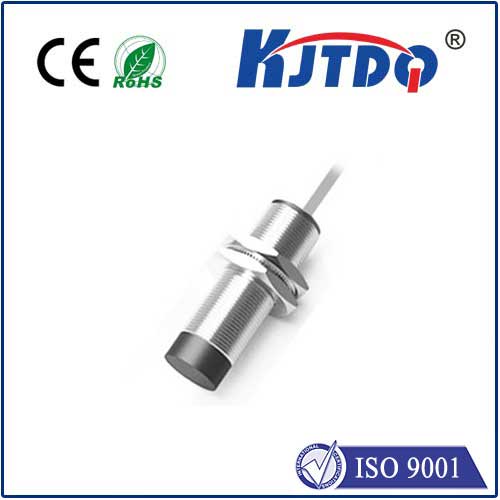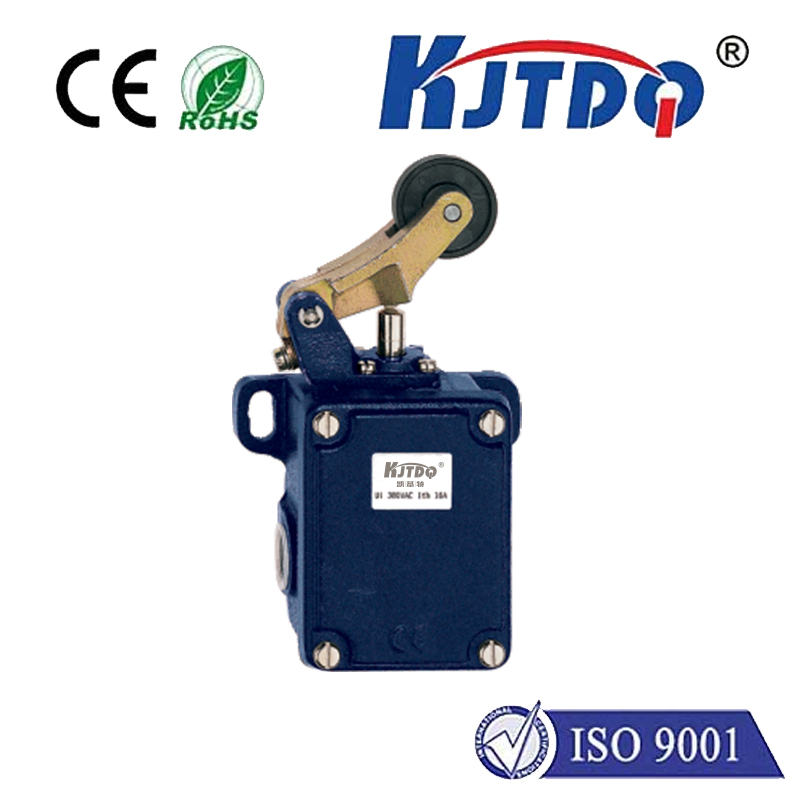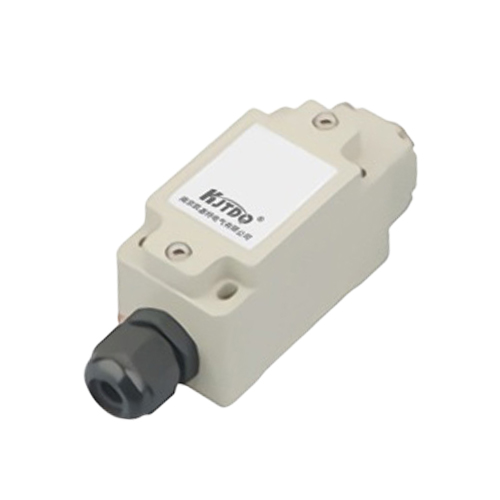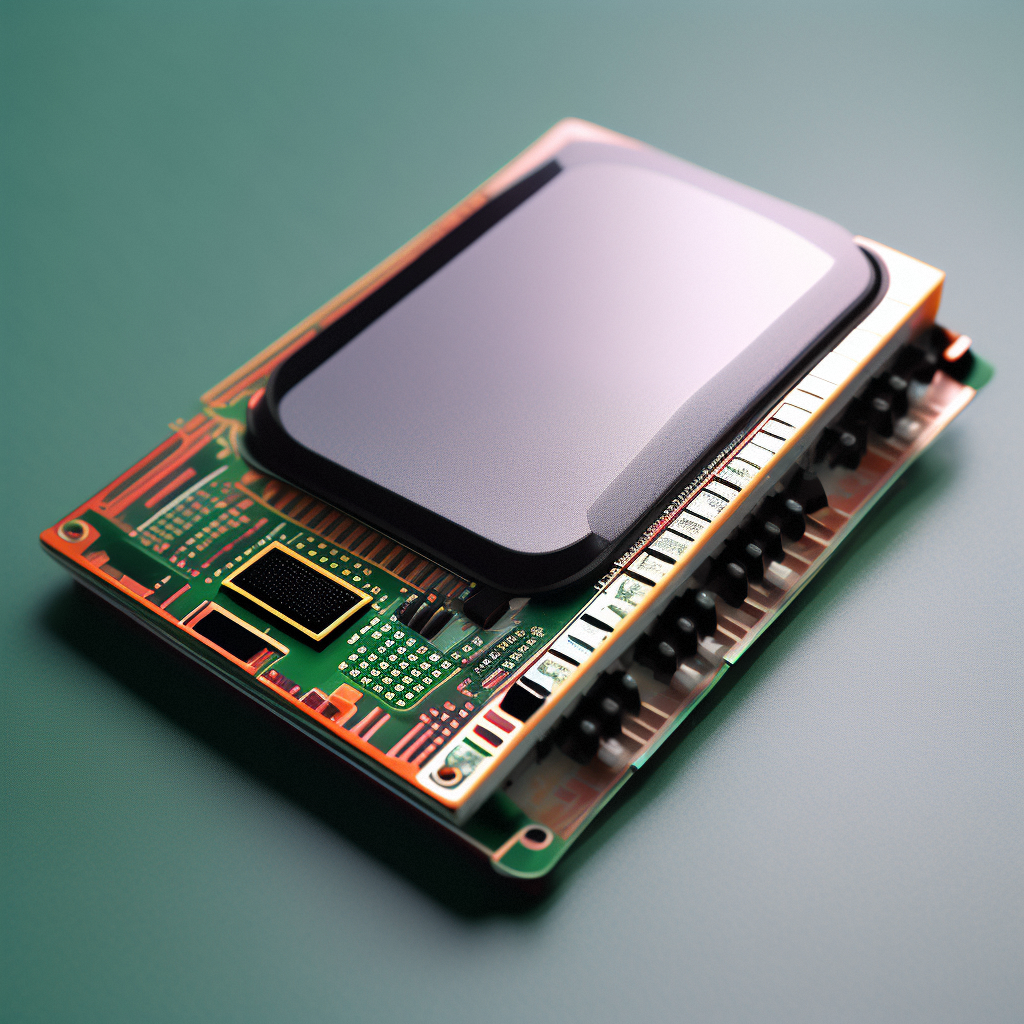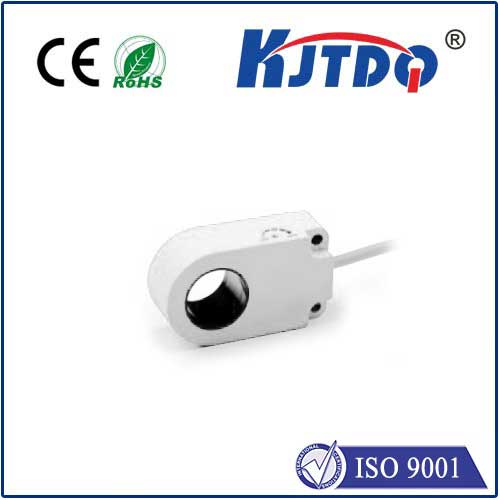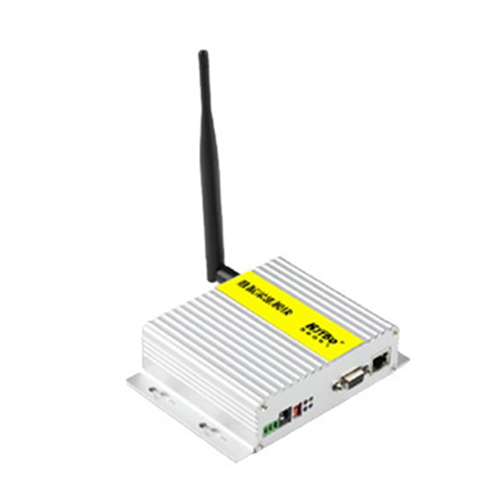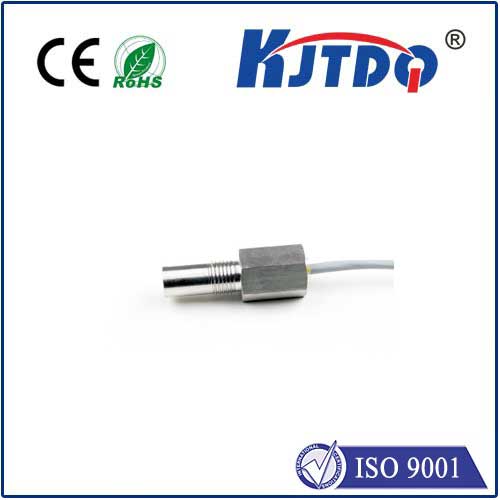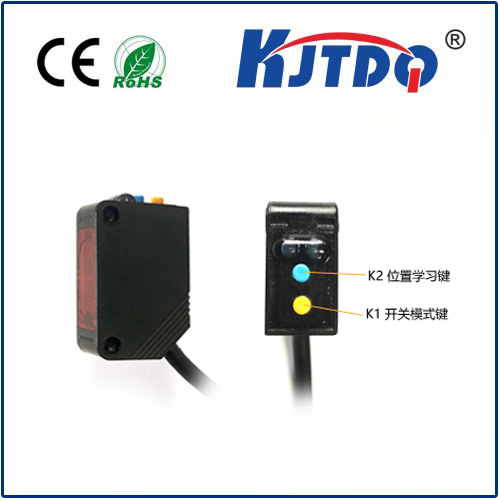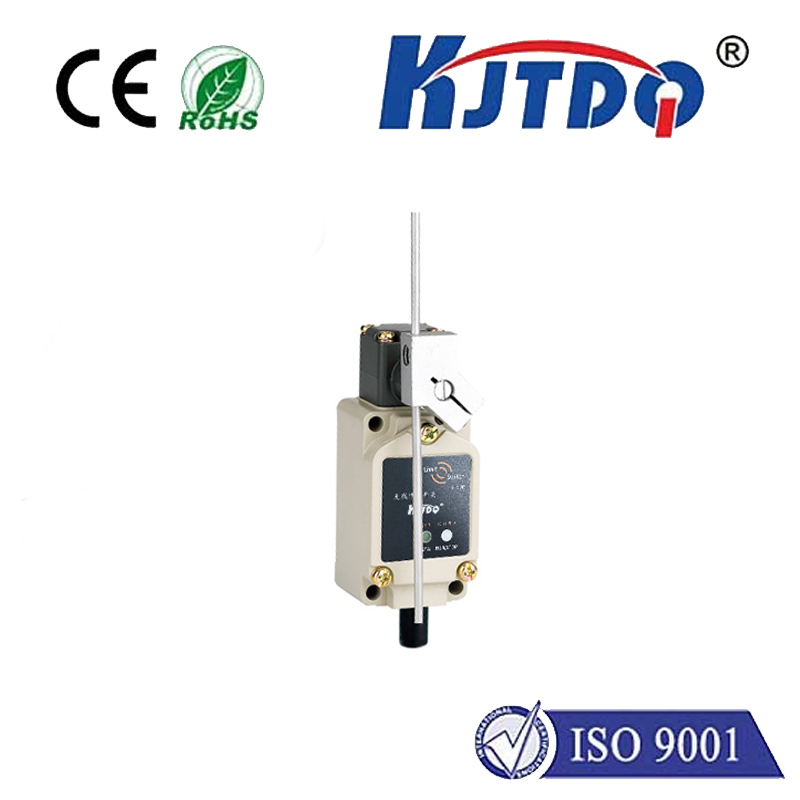differential temperature sensor
- time:2025-08-25 00:27:20
- Click:0
Mastering the Delta: How Differential Temperature Sensors Deliver Critical Insights
Understanding Differential Temperature Sensors: The Power of Measuring the Gap
Have you ever touched two objects expecting them to feel the same temperature, only to be surprised by a distinct difference? That seemingly small variation can hold immense significance. In the complex world of industrial processes, energy systems, scientific research, and environmental monitoring, it’s often not the absolute temperature that matters most, but the difference between two points. This is where the specialized and indispensable differential temperature sensor takes center stage.
Unlike a standard temperature sensor reporting a single value relative to a fixed scale (like Celsius or Fahrenheit), a differential temperature sensor is explicitly designed to measure the difference (ΔT, or Delta T) between two distinct physical locations. Its output is directly proportional to this temperature gap, not the individual temperatures themselves. This focus on the delta unlocks unique capabilities and applications where comparative thermal analysis is critical.
Core Principles and Technologies: Sensing the Difference

At its heart, a differential temperature sensor functions by comparing the thermal energy states at its two sensing points. Several common temperature sensing technologies can be configured for differential measurement:
- Thermocouples: Perhaps the most common type used differentially. Two thermocouple junctions (Type T, Type K, etc.) are placed at the measurement points. The voltage generated depends on the difference between the temperatures at these two junctions. Key advantages include wide temperature ranges, robustness, and simplicity. Critical to their function is proper reference junction compensation, which handles the temperature at the instrument connection point.
- Resistance Temperature Detectors (RTDs): Typically Platinum (Pt100 or Pt1000), RTDs measure temperature based on the change in electrical resistance. In a differential RTD setup, two matched RTD elements are used, often connected in a bridge configuration. The difference in their resistances (and thus temperatures) generates the signal. RTD differential sensors are prized for their high accuracy and stability, particularly over narrower ranges than thermocouples.
- Thermistors: While less common for precision differential work than RTDs or thermocouples, matched thermistor pairs can be used. Their high sensitivity can be advantageous in specific low ΔT applications, though their non-linearity requires careful signal conditioning.
- Integrated Circuit (IC) Sensors: Some modern semiconductor temperature sensors incorporate differential measurement capabilities, often combining sensing elements and signal conditioning on a single chip. These offer excellent linearity, integrated signal processing, and ease of integration but may have more limited temperature ranges.
Why Measure the Difference? Key Applications Abound
The power of differential temperature sensing lies in its direct relevance to processes driven by heat transfer or thermal gradients:
- Heat Flow and Energy Monitoring:
- HVAC Systems: Monitoring ΔT across heat exchangers (chillers, boilers, condensers, evaporators), coils, and thermal storage tanks is fundamental for assessing efficiency, diagnosing faults (like fouling), and optimizing control. A low ΔT across a coil might indicate low flow or fouling, while an unexpectedly high ΔT could signal flow problems elsewhere.
- Solar Thermal Systems: Measuring the ΔT between collector outlet and storage tank inlet directly indicates the net heat gain being transferred to the system, enabling performance calculation and pump control.
- Industrial Process Control: Monitoring ΔT across reactors, distillation columns, dryers, and pipelines provides direct insight into heat transfer rates, reaction progress, condensation/evaporation, and energy consumption.
- Flow Measurement (Indirect):
- Thermal Mass Flow Meters: These devices often use a heated element and measure the ΔT upstream and downstream. The temperature difference is directly related to the mass flow rate of the fluid, providing a non-intrusive way to measure gas flows, especially in clean applications.
- Diagnostics and Condition Monitoring:
- Motor and Bearing Monitoring: An increasing ΔT across a motor winding or between a bearing housing and ambient air can be an early warning sign of overload, failing lubrication, or impending bearing failure, enabling predictive maintenance.
- Electrical Systems: Monitoring ΔT across critical connections (busbars, circuit breakers) can detect developing hotspots indicating high resistance faults before they become catastrophic.
- Building Envelope Assessment: Measuring ΔT between indoor and outdoor walls or across insulation layers helps quantify thermal bridging and insulation effectiveness.
- Scientific Research: In laboratories, precise ΔT measurement is crucial for studying heat transfer phenomena, material properties (thermal conductivity), biological processes (metabolic rates), and chemical reaction kinetics.
Advantages and Critical Considerations
Why choose a dedicated differential temperature sensor over subtracting readings from two individual sensors?
- Reduced Error: A dedicated differential sensor inherently cancels out common-mode errors. Factors affecting both sensing points similarly (like ambient temperature fluctuations or slight drifts in the instrument’s reference) tend to cancel out in the differential output, leading to potentially higher accuracy for measuring the delta itself.
- Simplified Calibration and Signal Conditioning: Often calibrated directly for ΔT output, simplifying system integration and reducing computation needs compared to handling two separate sensors.
- Direct Relevance: Provides the exact parameter of interest (ΔT) directly, streamlining control logic and monitoring dashboards.
However, deploying differential sensors effectively requires attention to:
- Sensor Matching: For RTDs and thermistors, closely matched characteristics are crucial for accuracy.
- Lead Length and Compensation (Thermocouples): Differences in lead wire length or type can introduce errors; proper extension wire and reference junction handling are paramount.
- Common-Mode Range: The sensor and its signal conditioner must be able to handle the absolute temperature range at both points, even if the ΔT is small. Exceeding this can saturate the output.
- Installation: Ensuring good thermal contact at both points and minimizing unintended thermal paths (conduction along sensor bodies or wires) is essential for accuracy.
The Precision Edge
While absolute temperature tells us “what,” differential temperature tells us “how much change” or “what flow.” The differential temperature sensor is the specialized tool engineered to deliver this vital piece of information with inherent noise rejection and direct output. From optimizing multi-million dollar industrial processes to ensuring the quiet hum of an efficient HVAC system or safeguarding critical machinery, these sensors provide the critical thermal delta insight that drives efficiency, safety, and innovation. Their ability to focus precisely on the gap between two points transforms temperature measurement from a simple reading into a powerful diagnostic and control parameter. When understanding heat movement, energy transfer, or the subtle signs of impending failure is key, mastering the delta through differential temperature sensing is often the most effective path.






